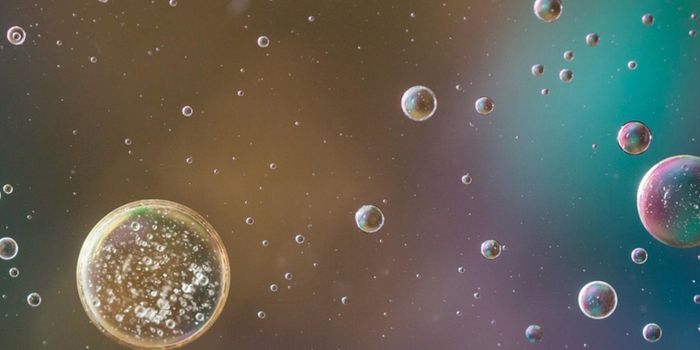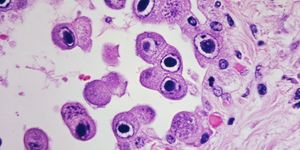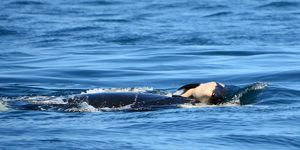Insight Into the Origins of Junk DNA - From Koalas
The human genome is made up of four nucleotide bases: A, T, G, and C, that are arranged to form genes. However, aside from genes, there is a lot of other stuff in the genome including long strands of repetitive sequences that don’t have any readily apparent function. While the research that focused on those regions has revealed some things about their purpose, much is still unknown. Incredibly, koalas might be able to help scientists reveal some of the secrets of these so-called ‘junk’ sequences. Koalas often carry an infection that may explain how viruses impacted the genetic material of many different species was impacted.
Led by Professor and Virologist Paul Young, the Head of UQ's School of Chemistry and Molecular Biosciences, scientists have studied a koala retrovirus. Retroviruses can actually work their way into the genome of their host.
"Retroviruses insert their genome into their host's chromosome, from where they make more copies of themselves," Young explained. "Some can also infect what are known as germline cells, which alters the host genetic code and that of all their descendants."
We know that the human genome has been altered by retroviruses for more than five million years, making it hard to study the first changes they made. Koalas, however, are undergoing more recent alterations.
"About a decade ago, we discovered that the wild koala population was being invaded by a retrovirus," said Young. "This isn't great news for the koala, but it has provided us with an opportunity to study what's happening to these retroviral genomes early in their association with a new host."
Young noted that retroviruses could potentially replicate endlessly, which would eventually spell disaster for a species. But usually, the viruses eventually cease to cause disease and instead, confer new functions on an organism or turn inert, potentially as junk DNA. "Until now, scientists could only guess at why and how this happened," Young noted.
It would be very intriguing to see a retrovirus at work, said Professor Joanne Meers of UQ. "Because the koala retrovirus is still relatively young - less than 50,000 years old - and not yet 'fixed' in a certain location within the koala genome, scientists can monitor this early engagement between a retrovirus and its host."
"This means that the koala, a species not usually associated with biomedical breakthroughs, is providing key insights into a process that has shaped eight per cent of the human genome, and will likely show us what happened millions of years ago when retroviruses first invaded the human genome,” added Professor Alex Greenwood of the Leibniz Institute for Zoo and Wildlife Research in Berlin.
Sources: AAAS/Eurekalert! via University of Queensland, PNAS









